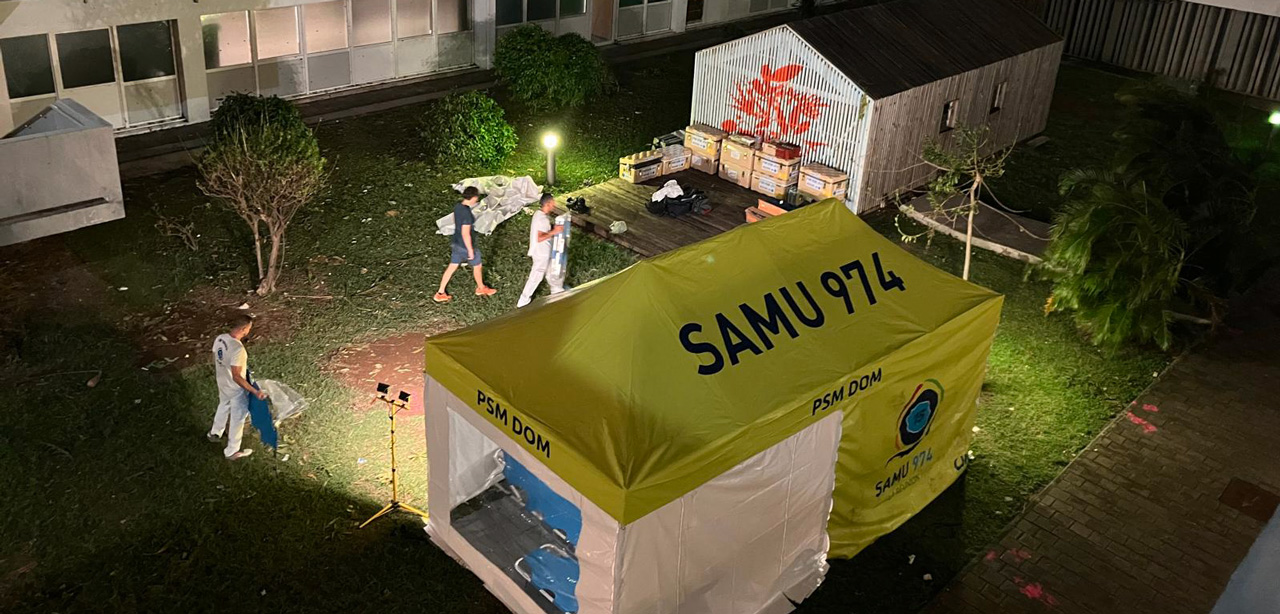BACKGROUND: Serological testing of patients consulting for typical erythema migrans (EM) is not recommended in European recommendations for diagnosis of Lyme borreliosis (LB). Little is known on the level of adherence of French general practitioners to these recommendations. The objectives were to estimate the proportion of Lyme borreliosis serological test prescription in patients with erythema migrans seen in general practice consultations in France, and to study the factors associated with this prescription. METHODS: LB cases with an EM reported by the French general practitioners (GPs) of the Sentinelles network between January 2009 and December 2020 were included. To assess the associations with a prescription of a serological test, multilevel logistic regression models were used. RESULTS: Among the 1,831 EM cases included, a prescription for a LB serological test was requested in 24.0% of cases. This proportion decreased significantly over the study period, from 46.8% in 2009 to 15.8% in 2020. A LB serological prescription was associated with patients with no reported tick bite (Odds Ratio (OR): 1.95; 95% confidence interval [1.23-3.09]), multiple EM (OR: 3.82 [1.63-8.92]), EM of five centimeters or more (OR: 4.34 [2.33-8.08]), and GPs having diagnosed less than one EM case per year during the study period (OR: 5.28 [1.73-16.11]). CONCLUSIONS: Serological testing of patients consulting for EM is not recommended in European recommendations for diagnosis of Lyme borreliosis. Therefore, the significant decrease in the rate of LB serological test for EM over the study period is encouraging. The factors identified in this study can be used to improve messaging to GPs and patients. Further efforts are needed to continue to disseminate diagnostic recommendations for LB to GPs, especially those who rarely see patients with EM.
Auteur : Bonnet Camille, Figoni Julie, Souty Cécile, Septfons Alexandra, de Martino Sylvie, de Valk Henriette, Fournier Lucie, Hanslik Thomas, Jaulhac Benoît, Blanchon Thierry
BMC primary care, 2023, vol. 24, n°. 1, p. 163


